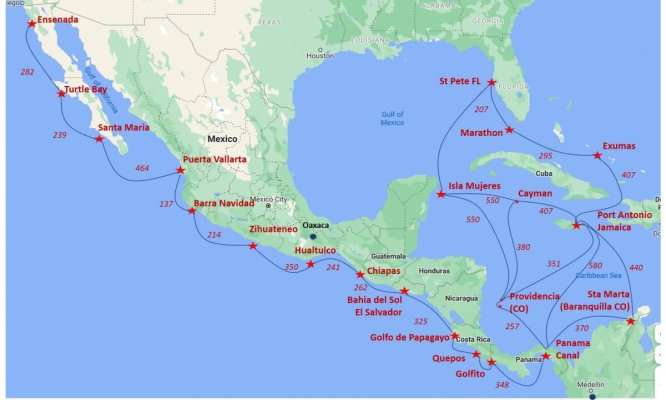Nordic Tug 44 vs Helmsman 46
I think the NT 44 is over priced but is a beautiful build with a nice interior layout. I don't care for the tug look.
The Helmsman have improved their look and appear to be well built. I really like their new 46. It's a very nice looking boat. Unfortunately Helmsman decided not to put a hardtop over the flybridge. I haven't found any interior pics.
Personally I'd go with the Helmsman 46 if the interior layout is reasonably well done but I haven't seen any interior pictures of it. The reason is the look and the price assuming build quality is comparable. But if I actually saw them in person and sea trialed them my opinion might change.
So all said and done my opinion is pretty much worthless.



